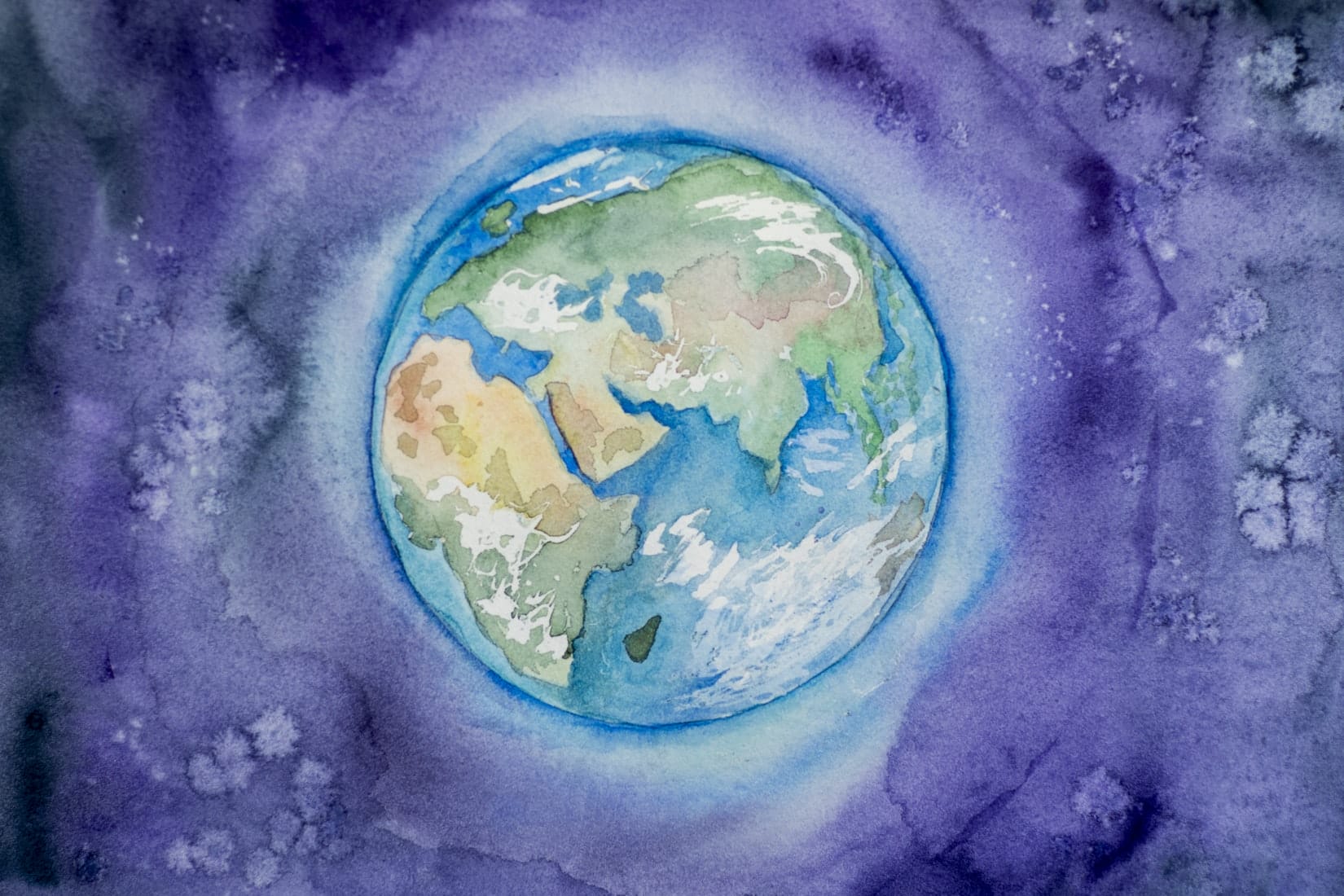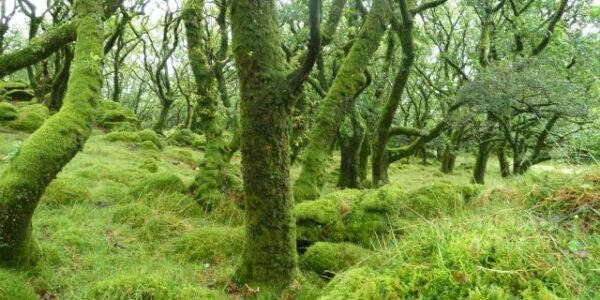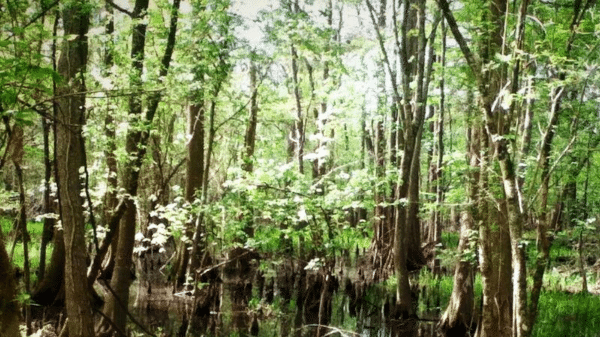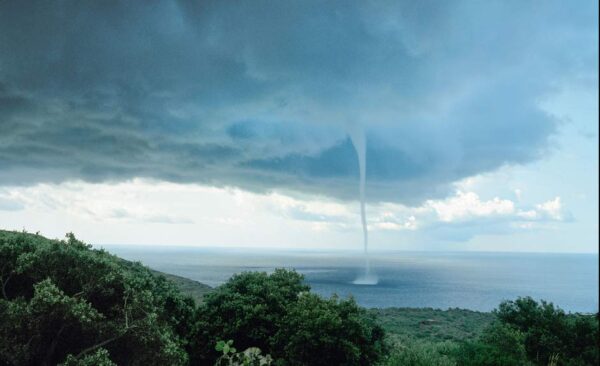Earth Day: From Cataclysm to Catalyst
An annual event celebrated around the world on April 22, Earth Day began as a response to the devastating impact that industrial activity has had upon our natural world. It was specifically precipitated by the 1969 Santa Barbara Oil Spill which released more than...



